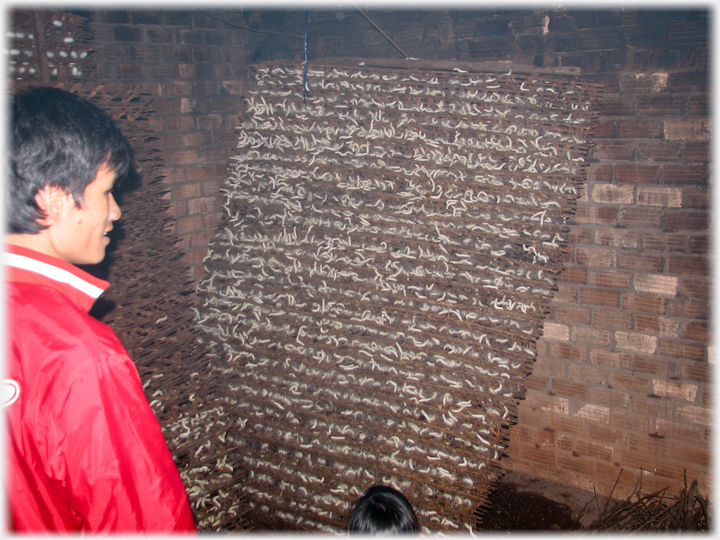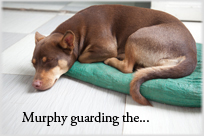
Logograms
There is little or nothing in a phonetic word to exhibit the embryonic stages of its growth. It does not bear its metaphor on its face. We forget that personality once meant, not the soul, but the soul’s mask. This is the sort of thing one cannot possibly forget in using the Chinese symbols.
Ernest Fenollosa (1906)

While Fenollosa’s
enthusiasm
 Fenollosa is a little hard on alphabetic systems, they can reveal much.
has been very influential, it has always required tempering, for although written Chinese does have some characters that seem to directly depict a physical object (pictograms), and some that represent a more abstract idea (ideogram), the great bulk are phono-semantic compounds which indicate sounds and/or are based on extending the language on the basis of
its sounds.
Fenollosa is a little hard on alphabetic systems, they can reveal much.
has been very influential, it has always required tempering, for although written Chinese does have some characters that seem to directly depict a physical object (pictograms), and some that represent a more abstract idea (ideogram), the great bulk are phono-semantic compounds which indicate sounds and/or are based on extending the language on the basis of
its sounds.
 But a warning, the relation of language and sound can be tantalising.
These examples are all logograms, as are Egyptian
hieroglyphics,
But a warning, the relation of language and sound can be tantalising.
These examples are all logograms, as are Egyptian
hieroglyphics,
 Going back a step: Why do we write; is it a benefit?
and Middle-eastern cuneiform scripts. A key disputative contrast is between logograms and the alphabetic systems we are used to in Europe, where sounds are given a very limited number of symbols. You are not familiar with the script of the photograph! Although you might think, with a quick glance, that it too comes under the logogram head, in fact it pictures silkworms spinning their cocoons.
Going back a step: Why do we write; is it a benefit?
and Middle-eastern cuneiform scripts. A key disputative contrast is between logograms and the alphabetic systems we are used to in Europe, where sounds are given a very limited number of symbols. You are not familiar with the script of the photograph! Although you might think, with a quick glance, that it too comes under the logogram head, in fact it pictures silkworms spinning their cocoons.
Fenollosa’s influential lecture was prepared in 1904, the printed form was compiled by Ezra Pound and first published in 1919, 11 years after the author’s death. The quote is taken from the version which appeared in 2008 edited by Huan Saussy, Jobathan Stalling and Lucas Klein under the title The Chinese Written Character as a Medium for Poetry, and published by Fordham University Press, New York.
The picture was taken in southern Vietnam in a house where silk was produced. The silkworms are fed on Mulberry leaves until they are ready to form cocoons when they climb onto the frame and secrete the silk thread which they use to form a cocoon, and which humans then unravel and weave into cloth.
Above, hovering on blue introduces a link: click to go, move away to stay.

Saturday 18th September 2021
 ...guide to this site
...guide to this site